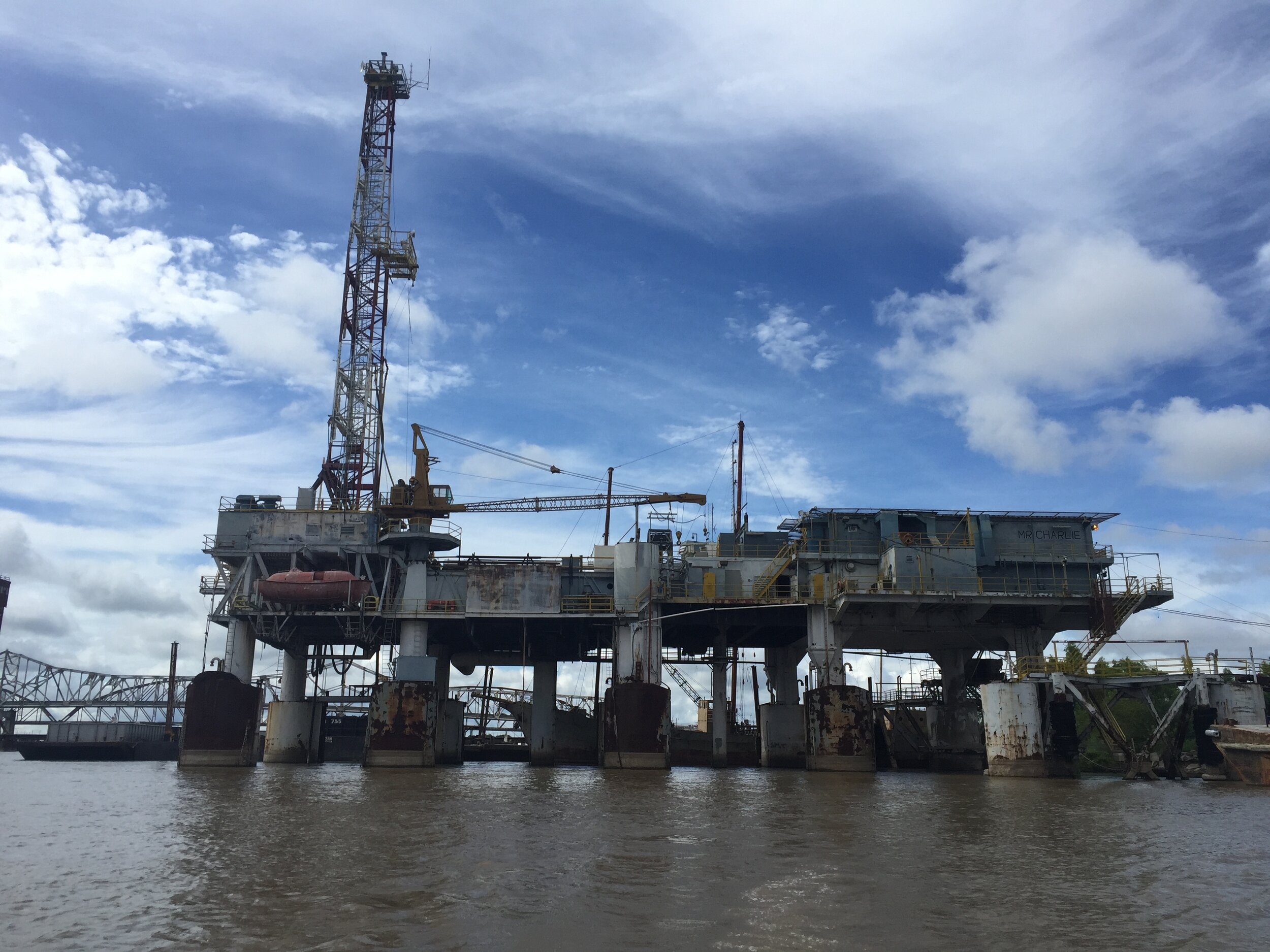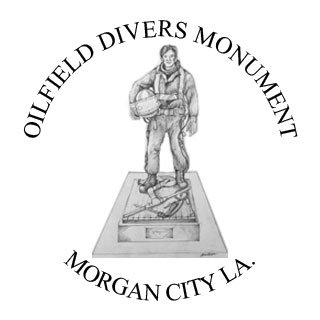
MISSION
The International Petroleum Museum & Exposition’s mission is to gather, save, preserve, and interpret artifacts and information about the offshore petroleum industry and to educate others concerning the impact and significance of this Cajun-born industry upon the rest of the world.
The International Petroleum Museum and Exposition is a non-profit corporation established for the purpose of educating the general public, and the next generation, on the significance of the offshore oil and gas industry and its affect on the local area, the state, the nation, and the world.
It is a tribute to the pioneering men and women of an industry that developed a culture based on initiative, perseverance, creativity, and hard work. It is a living reminder of the positive contributions, the technological advancements and the world-wide influence of an industry that began in this sleepy, fishing village community.
Through the efforts of the rig museum, everyone will have the opportunity to experience the real oilfield. It will tell the story from the view point of the participants. The hardships and the heroism, the challenges and the conquests, the problems and the solutions will be told here. The International Petroleum Museum and Exposition will be an accurate depiction of the way it was in the offshore oil business.
The Short Story
From 1954 to 1986 Mr. Charlie drilled hundreds of offshore wells off the coast of Morgan City, Louisiana in the Gulf of Mexico. He was the first transportable, submersible, offshore, drilling rig and an industry springboard to the current offshore rig technology.
Mr. Charlie was built in 1952 and finished in 1954. In 1954 he went to work for Shell Oil Company, drilling a new field in East Bay, near the mouth of the Mississippi River. Despite skepticism from offshore industry professionals, Mr. Charlie performed up to expectations and went on to drill hundreds of wells for every other major oil company operating in the Gulf, with a cumulative depth of over 2.5 million feet.
His barge is approximately 220 feet long and 74 feet wide. Under the living quarters pontoons extend the width to 136 feet. The barge is 14 feet deep, with a 4 foot skirt extending below its bottom on both port and starboard sides. The floor of the platform is 60 feet above the barge, supported by the massive legs that serve to connect the barge and platform. These legs also serve as conduit for connecting services such as: electric, water & air lines, elevator access and other services needed to operate an independent facility, out of sight of land.
Mr. Charlie could accommodate a crew of 58. Once Mr. Charlie was on location, he was an independent island and nearly totally self-sufficient with room to store drinking water, food, and supplies for the crew. He generated his own electricity, disposed of his own waste, provided his own communication system, and contained enough fuel to accomplish these tasks. He also maintained supplies and equipment to perform his job of drilling a well. He also had to be prepared for any emergency with a complete fire fighting system, blow out preventers, and medical supplies and equipment.
Mr. Charlie was capable of drilling wells in water depths up to 40 feet and had a prolific career lasting nearly 4 decades. He revolutionized the offshore oil industry in the Gulf and world-wide. He was retired in late 1986 when drilling activity headed into water deeper than he was built for. The offshore industry was born in Morgan City, and Mr. Charlie carried it into the Gulf of Mexico and shipped it around the globe. Mr. Charlie revolutionized the offshore oil industry and led to the technology currently being used around the world. This historic and renowned structure now continues in a new role, teaching others about an industry that changed the world; the offshore oil industry.


